Professor, Doctor, People's Teacher Vu Duong Ninh , University of Social Sciences and Humanities, Vietnam National University , Hanoi
Article posted at: Proceedings of "Workshop on 60 years of liberation of the Capital: achievements, opportunities, challenges and development" October 2014, Hanoi City Party Committee - People's Council - People's Committee - Vietnam Fatherland Front Committee.
Thang Long - Ke Cho
a shopping mall
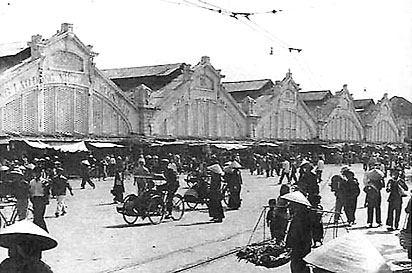
From the 17th to 18th centuries, Thang Long became a commercial center, opening its doors to foreigners from faraway regions of the West. The presence of many merchants and missionaries from Portugal, the Netherlands, England, along with Eastern merchants such as the Japanese, Chinese, Javanese... made this place crowded and bustling.
Hanoi
in the heroic atmosphere of revolution and resistance
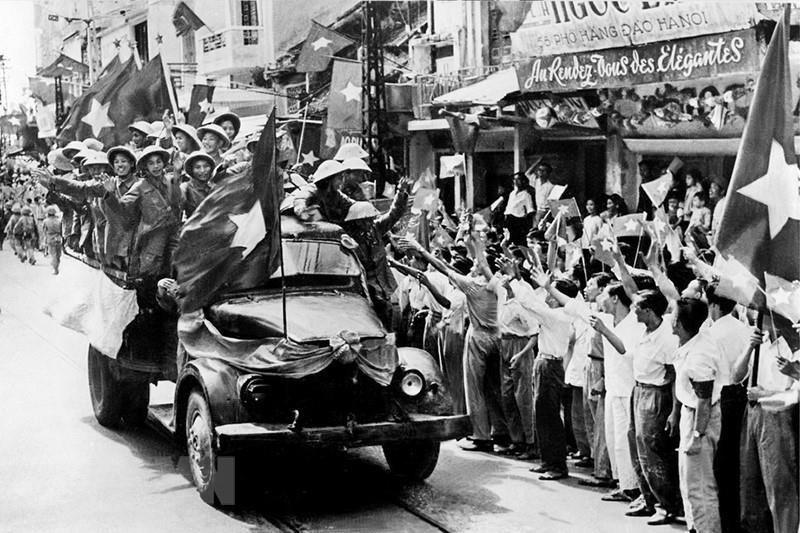
Since the French colonialists invaded our country, occupied Bac Ky, and conquered Hanoi, although the city's appearance has changed somewhat with modern constructions, its relations with the outside world have been almost closed to the fate of a "concession" city where foreigners here are only "Western men and women" of the ruling class. During World War II, the Japanese came, mainly as fascist troops.
The August Revolution of 1945 blew up a new wind, Hanoi was established as the capital of the Democratic Republic of Vietnam. The whole of Hanoi was covered with red flags with yellow stars, which surprised the French intelligence officer J. Sainteny when he returned with the plot to "retake Indochina" and recorded what he saw after the General Uprising: "While the plane was flying low over Hanoi, we saw strange clusters of red flowers blooming very quickly in the city as if to welcome us. The plane went even lower, then we could distinguish that they were red flags with yellow stars. We looked at each other in amazement, this was not the welcome we hoped for from the bottom of our hearts!". Indeed, they did not know that the people of Hanoi were only ready to welcome friends who brought peace and friendship.
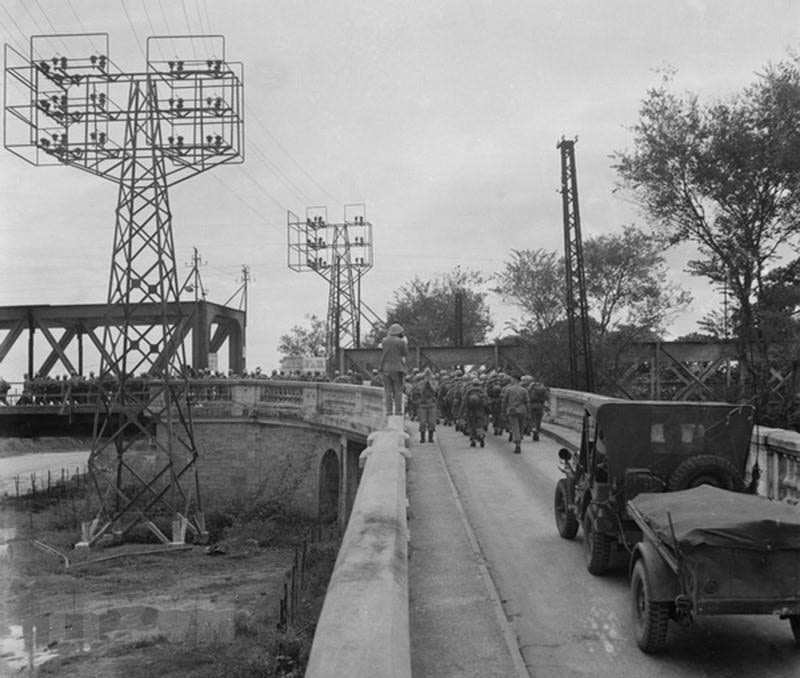
French troops began to withdraw from Hanoi. (Photo: VNA)
In Hanoi in 1945 - 1946, there had never been such a large number of foreigners with such a complex composition, few friends but many people who wanted to invade our country. Although the Japanese fascist soldiers had surrendered, they had not yet withdrawn, the Chinese Nationalist army under the name of the Allies invaded to cause havoc in order to overthrow the revolutionary government, the French army after the Preliminary Agreement was stationed in a number of major cities, mainly Hanoi. The people of Hanoi, following the call of the Government and President Ho Chi Minh, calmly responded to foreigners, tried to avoid being provoked but still steadfastly prepared for the resistance war against the invaders. That was a civilized way of behaving but not retreating, tactful but very steadfast, creating a new feature in the culture of the people of Hanoi in the early days of the boiling revolution.
Then, the war broke out, on the evening of December 19, 1946, “at exactly 8:00 p.m., Hanoi’s electricity was cut off while the self-defense forces attacked French areas at many points. Sainteny’s car, on the way from his house to the Republican Commissioner’s Palace, hit a mine, and he was seriously injured”. Giving the representative of colonial France a shot was the first response of the Hanoi people to the invaders. And then came more than 60 days and nights of tenacious fighting by the Hanoi Inter-Zone 1 Self-Defense Force. The heroic fighting of the Capital Regiment opened the door to a nationwide resistance war, and then 8 years later, in October 1954, “the five city gates welcomed the advancing troops” for liberation.
Hanoi was once again bustling with revolutionary spirit. Right in the first days of returning to the capital, President Ho Chi Minh issued an appeal: “The whole country looks to our capital. The world looks to our capital. We must all strive to maintain order and security, making our capital peaceful, beautiful, and healthy both physically and mentally”. Responding to President Ho’s appeal, the people of the capital made great efforts to build Hanoi into a civilized and orderly city. Industrial zones appeared one after another, and rows of prefabricated houses were gradually built. Thong Nhat Park and Thanh Nien Street were the enthusiastic songs of thousands of young people and students every Sunday “Socialist Labor”. The newly established universities were the University of General Science, the University of Technology, the University of Economics, the University of Agriculture and Forestry, along with the University of Medicine and Pharmacy and the University of Education returning from the resistance war. A new team of intellectuals has been cultivated along with tens of thousands of high school students at all levels. However, Hanoi is still poor, a poverty that is pure, orderly and progressive.
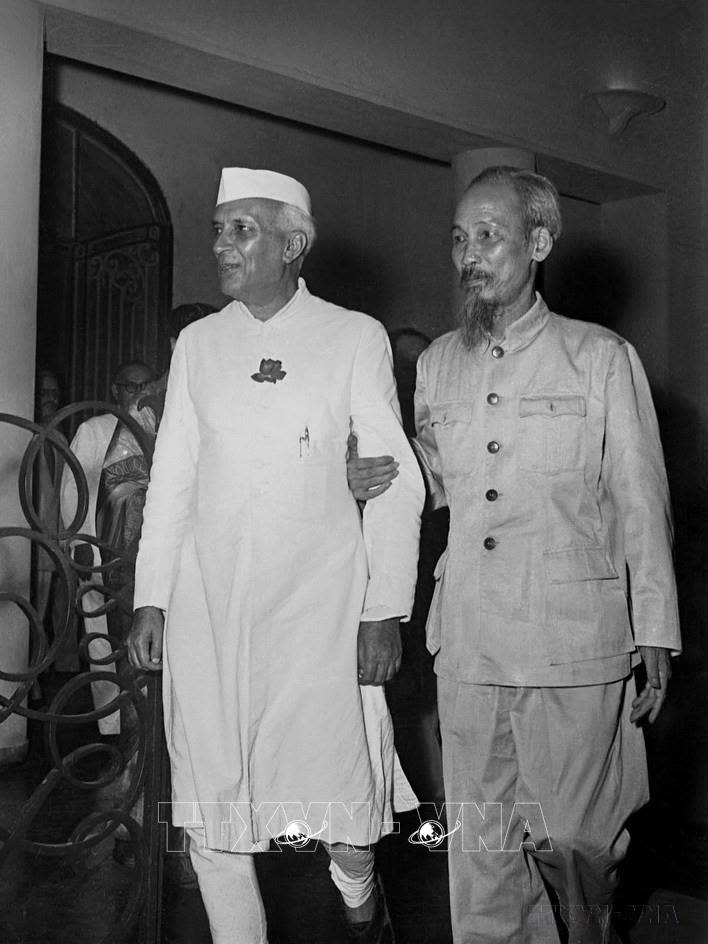
President Ho Chi Minh warmly received Indian Prime Minister Jawaharlal Nehru during his friendly visit to Vietnam (October 17, 1954) right after Hanoi was liberated. (Photo: VNA)
The first foreign guest to come to Hanoi after Liberation Day was J. Nehru - Prime Minister of the Republic of India, who assumed the position of Chairman of the International Commission for Supervision and Control of the Armistice in Indochina (according to the Geneva Agreement), followed shortly by Prime Minister of the Union of Burma U Nu. The people of Hanoi were delighted to welcome the friends of Vietnam, the steadfast soldiers of the national liberation movement. In the following years, the people of Hanoi always welcomed leaders, politicians and friends from socialist countries, from Asia, Africa and Latin America.
But after exactly ten years of peace and construction (1954 - 1964), Hanoi entered a fierce war against the destructive war of American imperialism. An evacuated Hanoi was somewhat deserted but steadfast in the unequal battle between the ground and the sky. In addition to friends who brought warm feelings and a spirit of support for the resistance war against America, Hanoi also welcomed uninvited guests "falling from the sky", staying at the "Hanoi Hilton Hotel". They were enemy pilots who were shot down but the Hanoians still treated them with dignity in the spirit of tolerance and humanity in accordance with the traditional morality of the nation.
Hanoi was resilient during the days of war, the army and people of Hanoi overcame many challenges from internal and external enemies, and steadily moved forward.
The war ended, the South was liberated, the country was reunited. Hanoi became the capital of a unified country - the Socialist Republic of Vietnam. International relations expanded, many countries in the world officially established diplomatic relations, including all 5 ASEAN countries. Vietnam became the 149th member of the United Nations. Those achievements brought many foreign guests to Hanoi, but soon after, the war in the Southwest and Northern borders and the embargo policy of hostile forces caused many difficulties, the door to foreign relations once again closed.
Hanoi was resilient during the days of war, the army and people of Hanoi overcame many challenges from internal and external enemies, and steadily moved forward. In honor of the achievements in the two resistance wars to save the country, on the occasion of the 45th anniversary of the liberation of the capital, in 1999, Hanoi was awarded the title of Hero, a heroic capital, a revolutionary city by the State.
Hanoi people
people's ambassadors
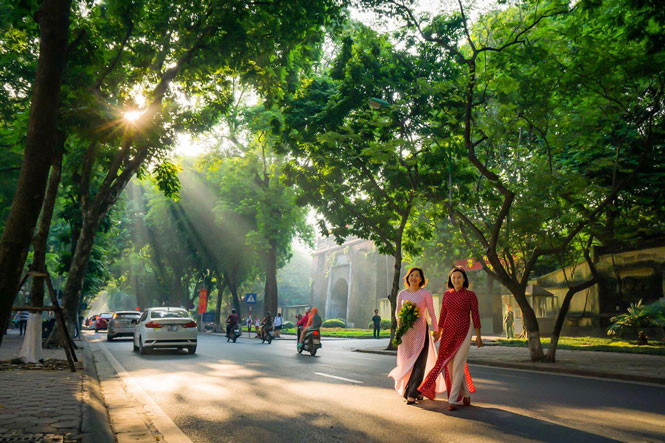
Illustration - Hanoi Radio and Television Station
The Party's Doi Moi policy set out at the 6th Congress (1986) has brought the country out of the state of siege and isolation, normalized and established relations with all major countries, and expanded economic and cultural exchanges. In that new wind, the capital Hanoi has truly become an international exchange center of the country. Hanoi welcomes many foreigners every day, from politicians to businessmen, from cultural and educational activists to tourists and sportsmen. Among them, some stay to do business and live long-term.
Since the Doi Moi, Hanoi has appeared to the world as a dynamic city with daily changes, a modern city but still preserving many ancient features with the Old Quarter and the Temple of Literature along with many historical and cultural relics, a friendly city with elegant and hospitable people. Recognizing these outstanding features, in 1999, Hanoi was honored as the "City for Peace", a noble award of UNESCO; in 2010, the World Heritage Committee recognized the Imperial Citadel of Thang Long as a world cultural heritage with strong traditional Vietnamese culture and as a continuous center of power through the dynasties.
Tourists visit the Temple of Literature - Quoc Tu Giam. (Photo: Ha Nam)
Hanoi today develops in line with the country's general trend in the Renovation process, the door is wide open to welcome friends from all continents, exchanges in many fields of trade, investment, finance, culture, education, tourism, sports... The more guests, the happier the house, but to have a beautiful and effective exchange, we should also see the hidden corners, making guests unsatisfied.
Foreign affairs today are not only the work of diplomatic officials, not limited to conferences or banquets, but they take place on the streets with everyone, everywhere and at all times. A bright smile, a polite word, a hospitable gesture, an enthusiastic help from Hanoi people, from taxi drivers to saleswomen, from traffic police to red-scarved schoolchildren, from office staff to cyclo drivers..., all bring guests (including domestic guests) joy, a beautiful thought about the people of Hanoi with a thousand years of culture. But on the contrary, our image will deteriorate. The writer of this article has enjoyed a joy and suffered a sadness revolving around our communication with strangers.
Therefore, the first problem is how to make every Hanoian aware of the responsibility and honor of the host to receive guests from far away. Awareness preparation through propaganda activities in neighborhood organizations, education in schools, dissemination in trade unions in professions that regularly contact foreign guests and finally expanding to all citizens of the capital. Launching a campaign to spread the spirit of foreign affairs to the people of the city, first of all in the central areas, is very necessary and feasible. Compiling simple, practical documents, with attractive reporters will quickly bring understanding of people's foreign affairs to the masses of the capital and will be effective in practice.
A bright smile , a polite word , a hospitable gesture , an enthusiastic help from the people of Hanoi , from the taxi driver to the saleswoman , from the traffic police to the red - scarved students , from the office staff to the cyclo drivers ... , all bring to the guests ( including domestic guests ) a joy , a beautiful thought about the people of Hanoi with a thousand years of culture .
Second , the relationship is only practical when the host and guest can understand each other and talk to each other, which means when Hanoians are able to communicate in foreign languages, first of all English. There should be foreign language classes and common foreign language handbooks for each profession and each subject. For example, open separate classes for taxi and tourist cyclo drivers, for sales people, for regular staff, traffic police... Each person only learns basic words and some common dialogues related to their profession and job.
With the experience of successfully organizing popular education classes and cultural supplementary classes in the years after the liberation of the capital, Hanoi can certainly do this well. Of course, it needs people to compile simple documents suitable for each subject, and it needs enthusiastic and qualified teachers who can be selected from lecturers and volunteer students at foreign language schools and people who are good at foreign languages in each profession... Creating and nurturing the movement, foreign languages bring tangible benefits, and everyone will certainly respond.
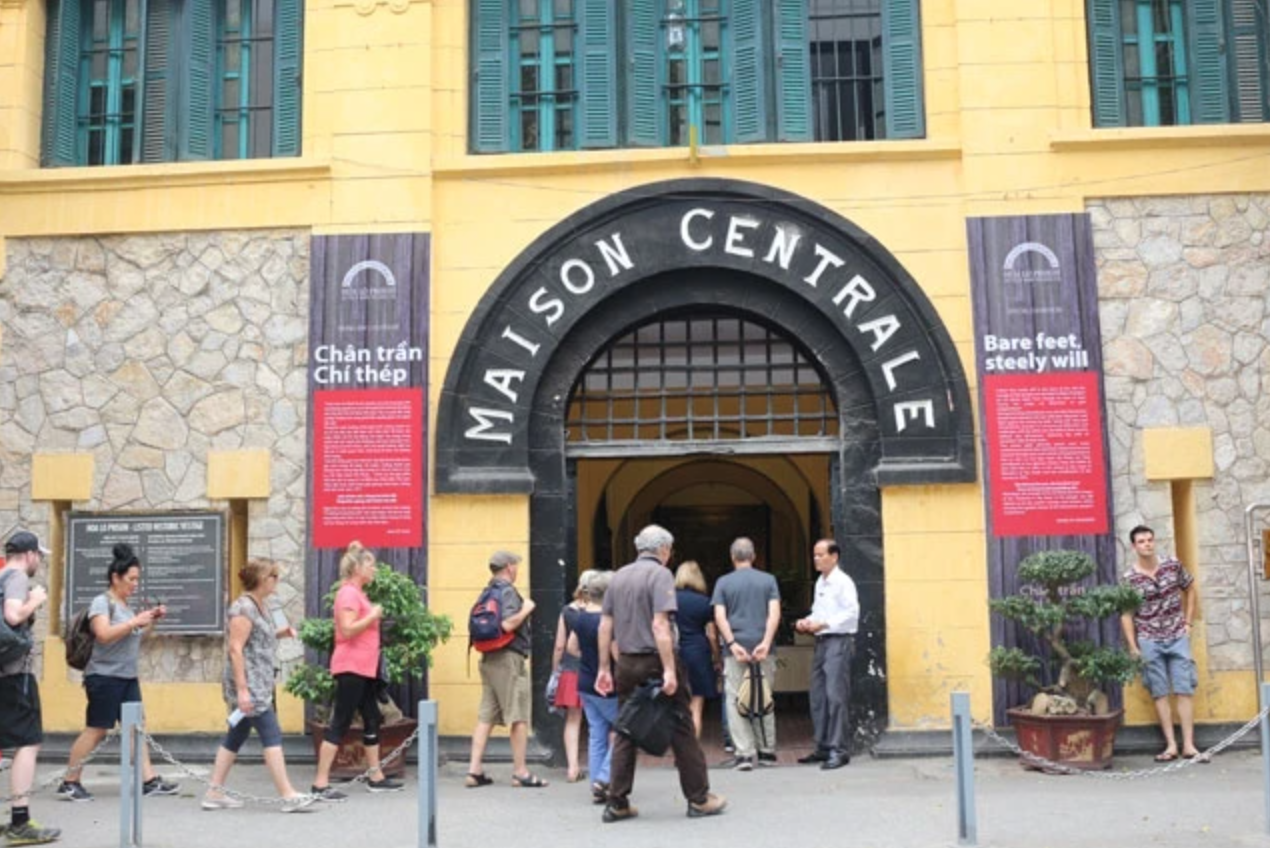
Tourists visit a relic in Hanoi.
Third , the relationship is only truly strong when we demonstrate a level of civilization in our lifestyle and work, in which the first thing to pay attention to is to practice discipline . Foreigners quickly discover the lack of discipline in street traffic, in behavior in crowded places, in environmental sanitation awareness, in the bureaucratic administrative system. Investors are very upset about workers because of their habit of not being punctual, not following the production process and many other fraudulent and harassing behaviors. Overcoming bad habits to become citizens of a civilized city, a Capital for peace, not only receives the sympathy of foreigners but also makes a real contribution to building a rich and beautiful Hanoi, contributing to the industrialization towards modernization of the country.
Hanoi, as the capital city, has the duty to fulfill its role as a representative of the whole country in communicating with foreign countries. We must make every Hanoian an ambassador in people's foreign affairs, bringing a friendly image in the eyes of foreign visitors, leaving a beautiful impression of the country and people of Vietnam.

Photo: Hanoi Moi Newspaper
To conclude, perhaps nothing is better than once again recalling Uncle Ho's teachings 60 years ago: " The whole country looks to our Capital. The world looks to our Capital. We must all strive to maintain order and security, making our Capital peaceful, beautiful, and healthy both physically and spiritually ." That message is forever engraved in the hearts of every child of Hanoi, and needs to be reflected in the actions of every citizen of the Capital.
Presented by: NGOC DIEP Photo: Trung Hieu, HanoiMoi, VNA
Nhandan.vn
Source: https://special.nhandan.vn/Thu-do-Ha-Noi-canh-cua-giao-luu-quoc-te/index.html

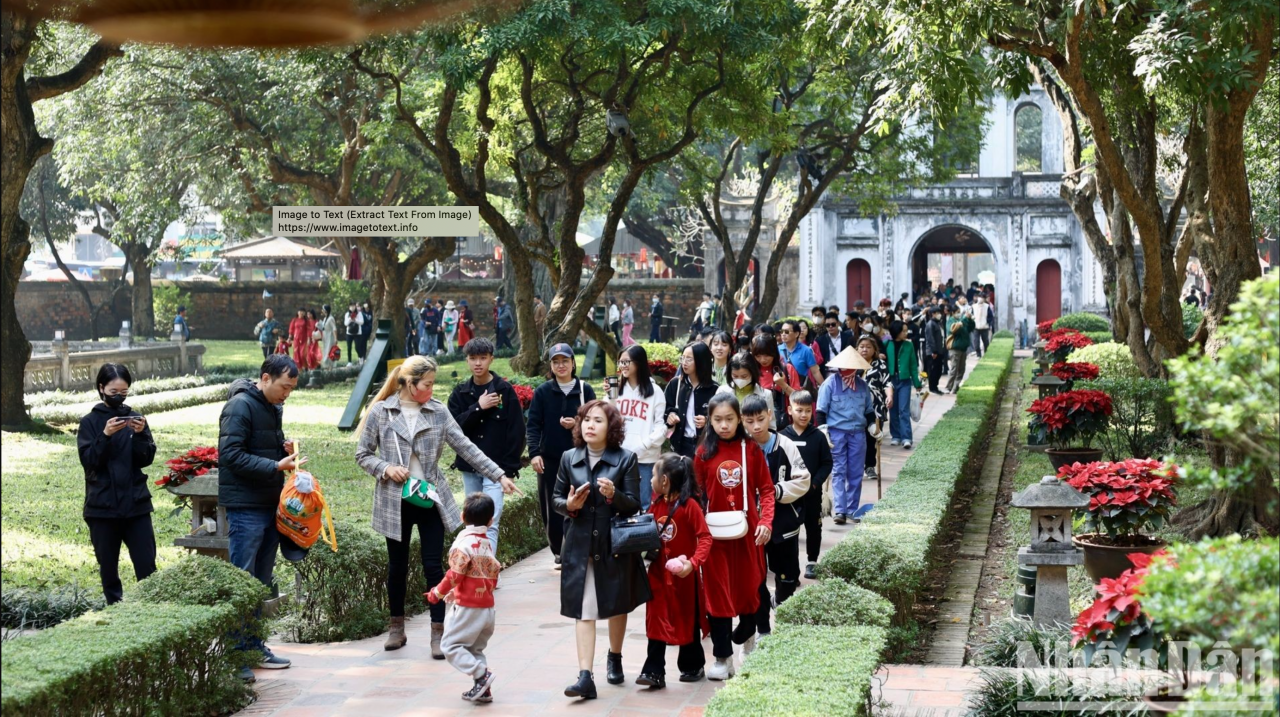
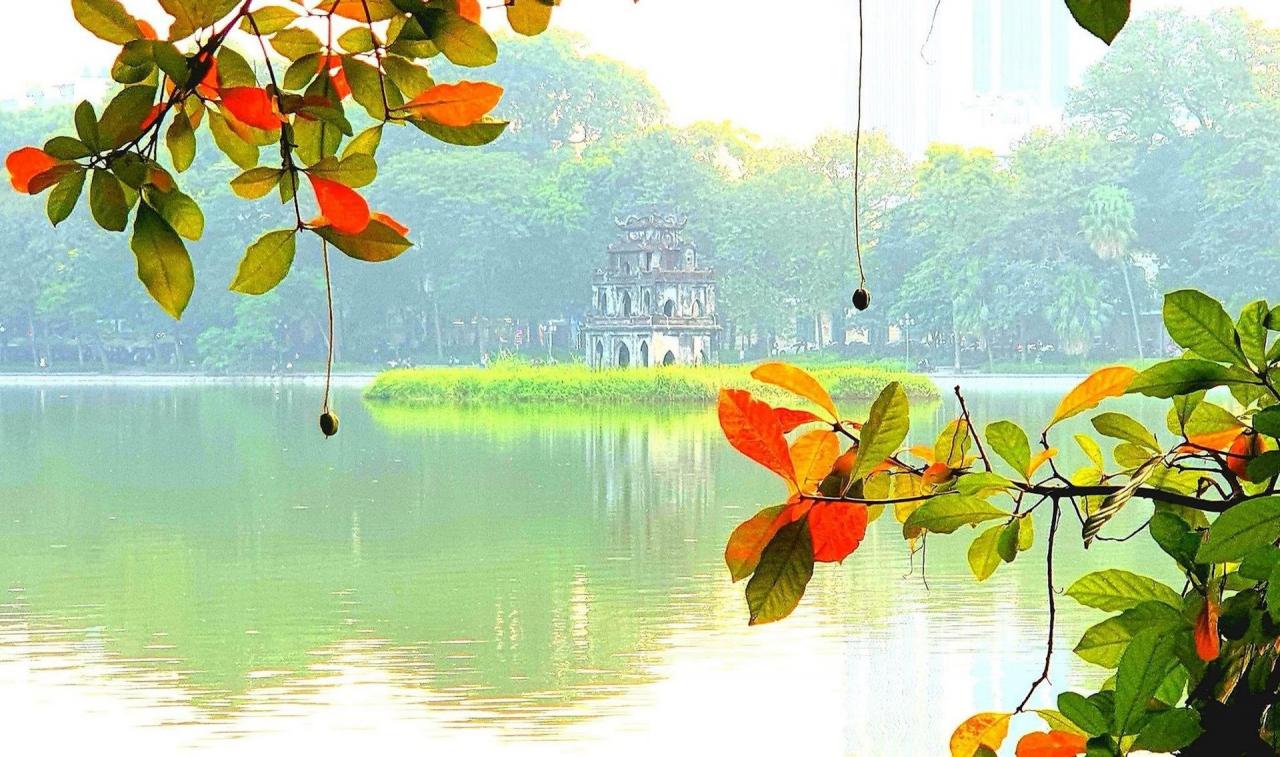
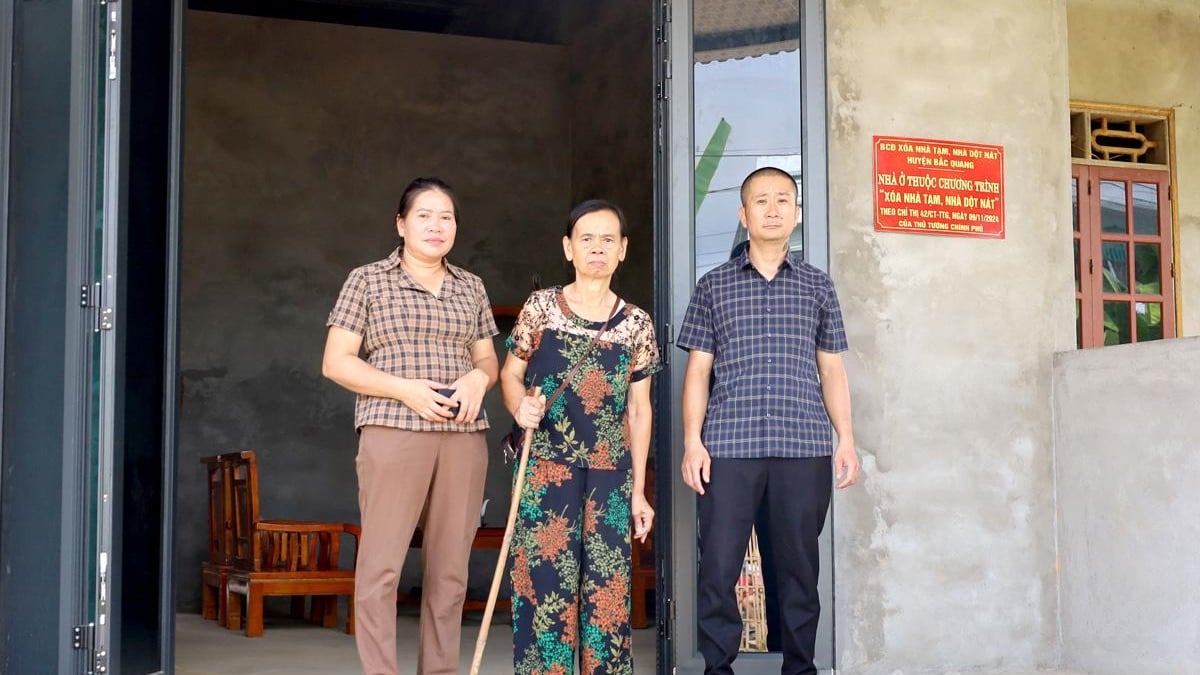
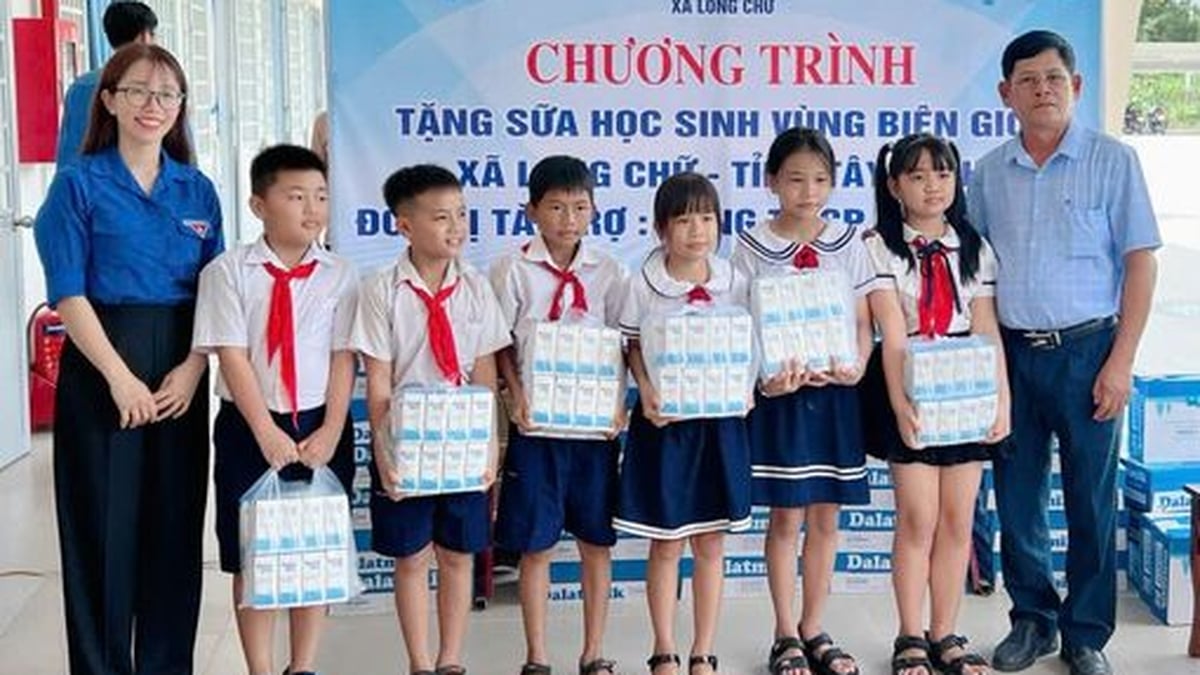

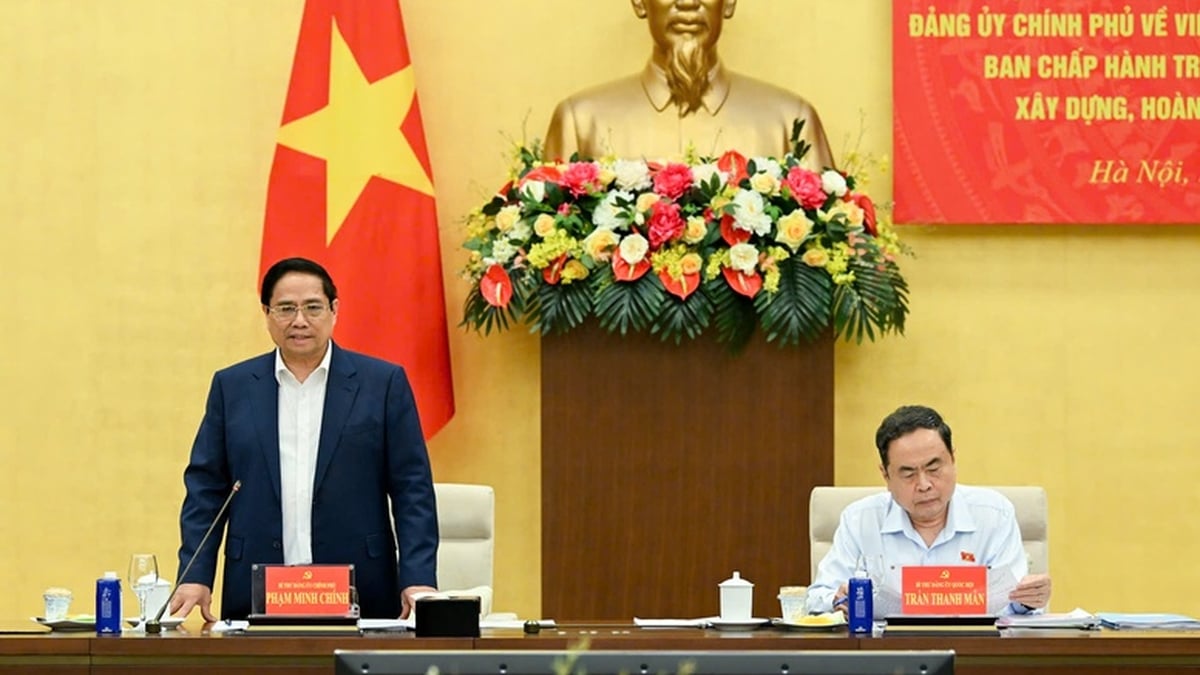
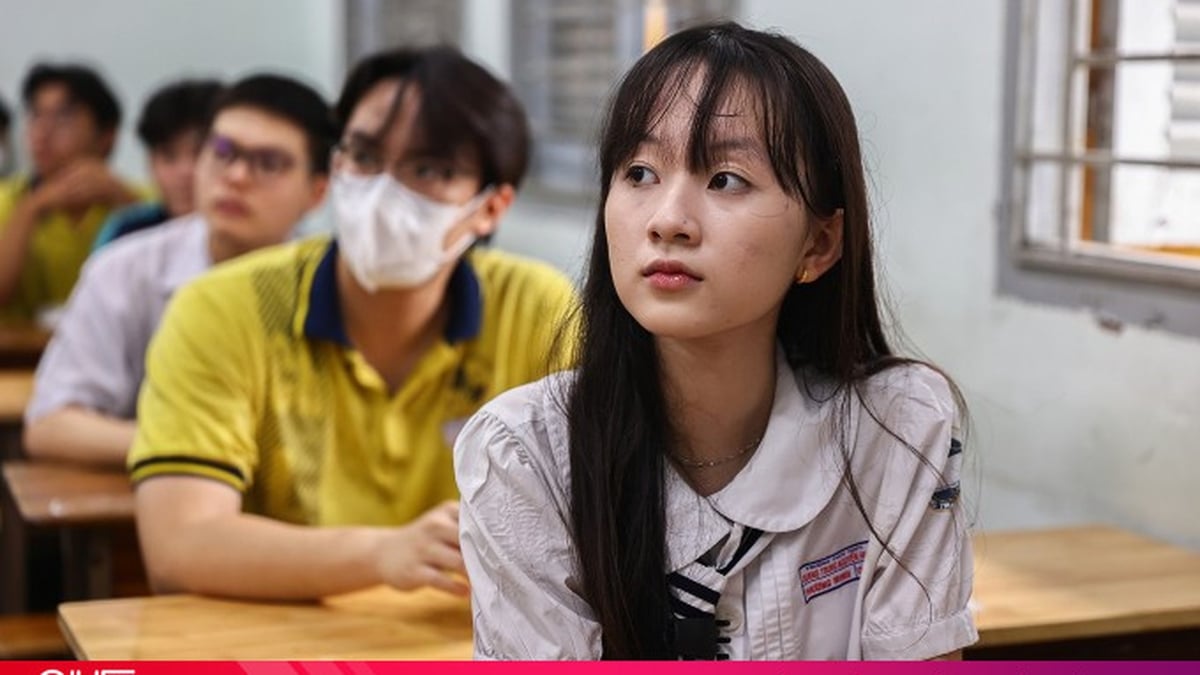
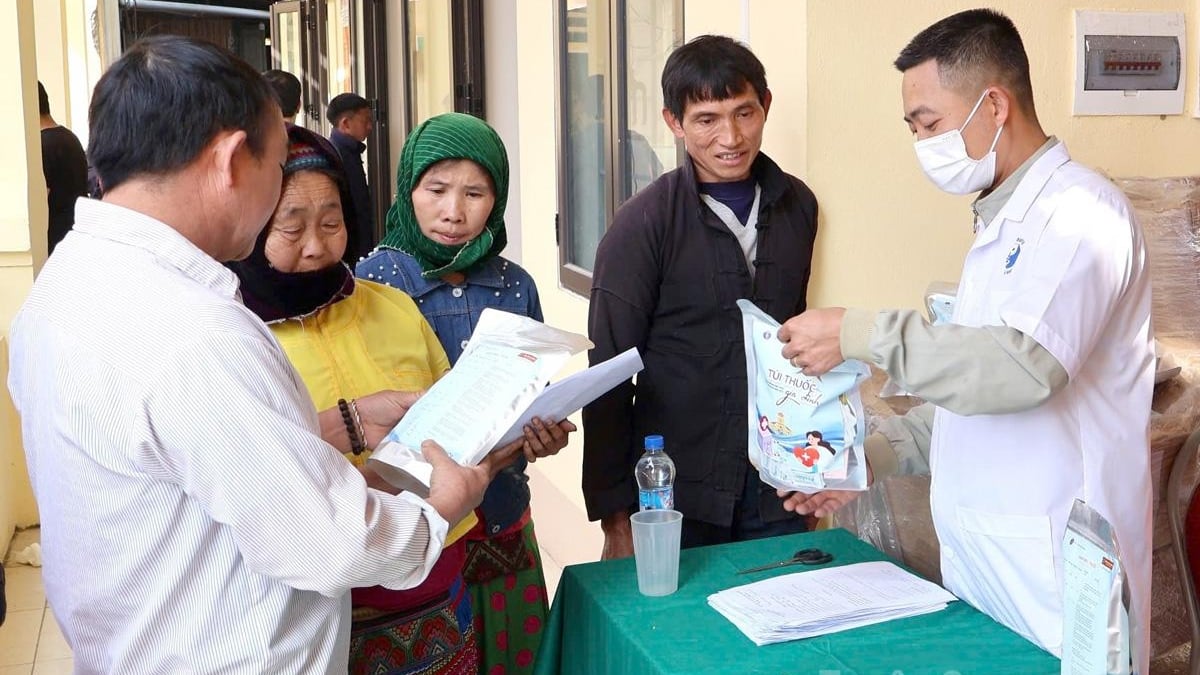
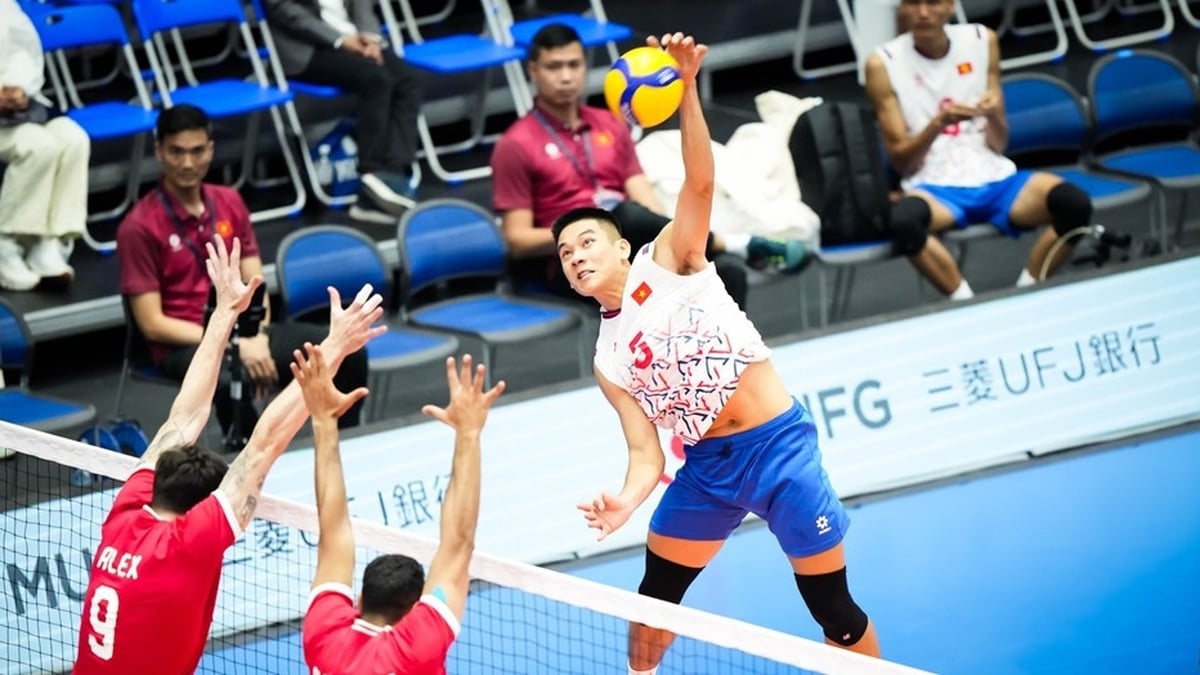
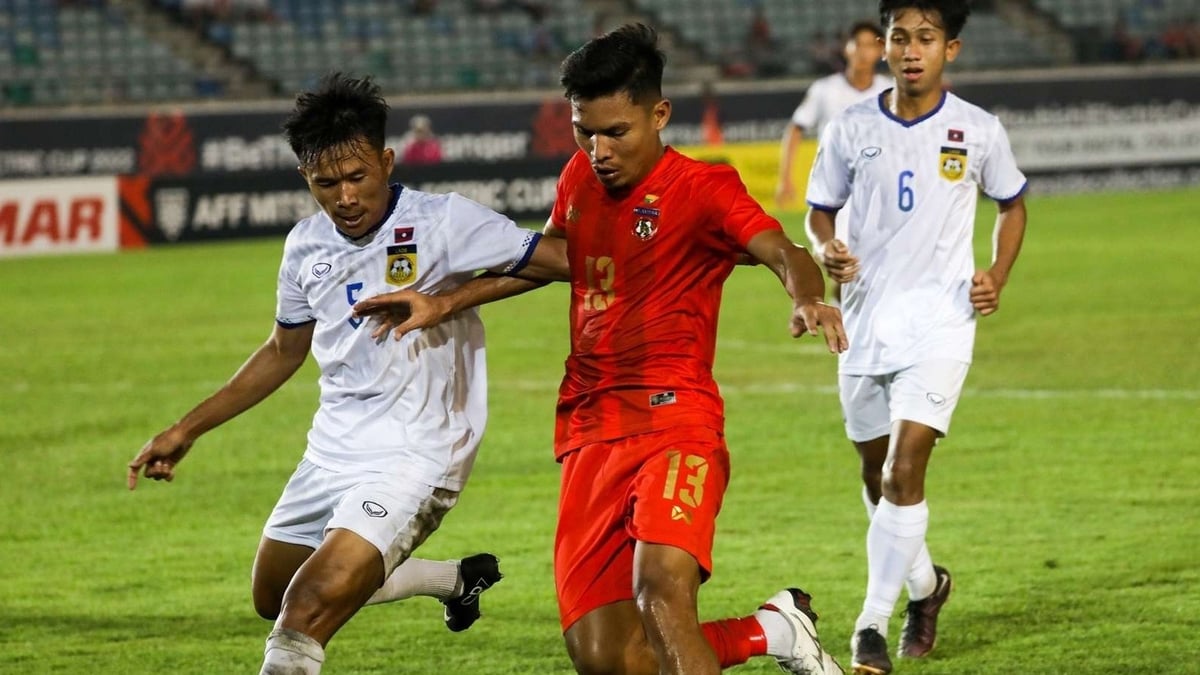
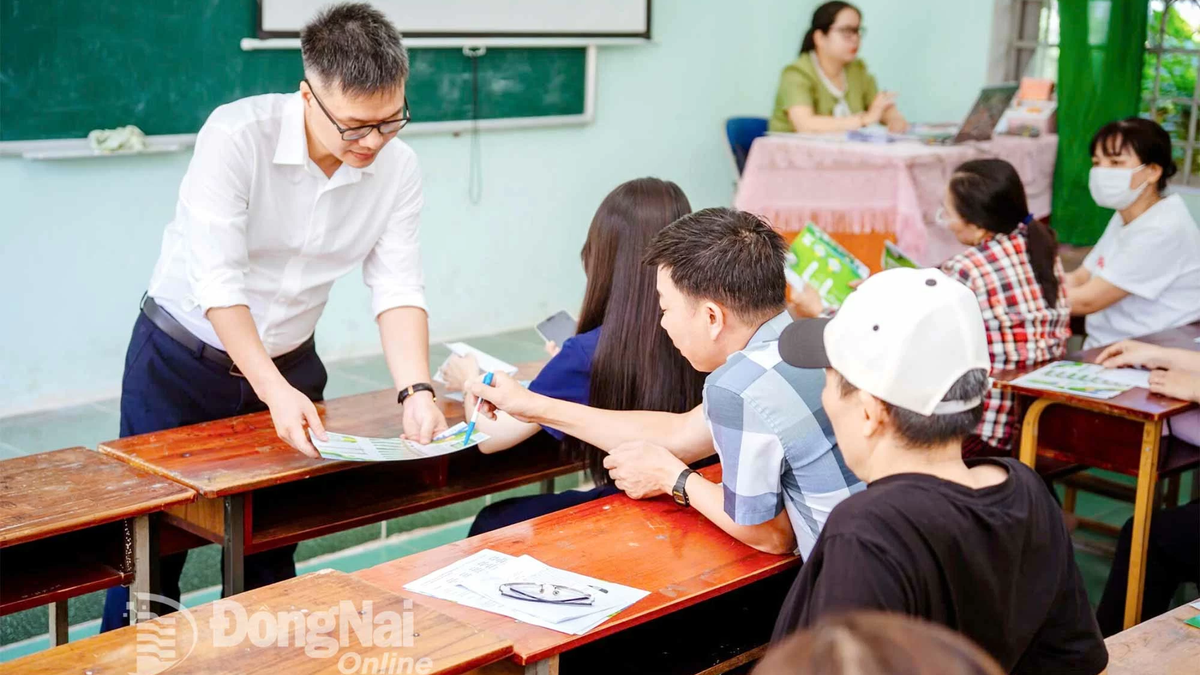
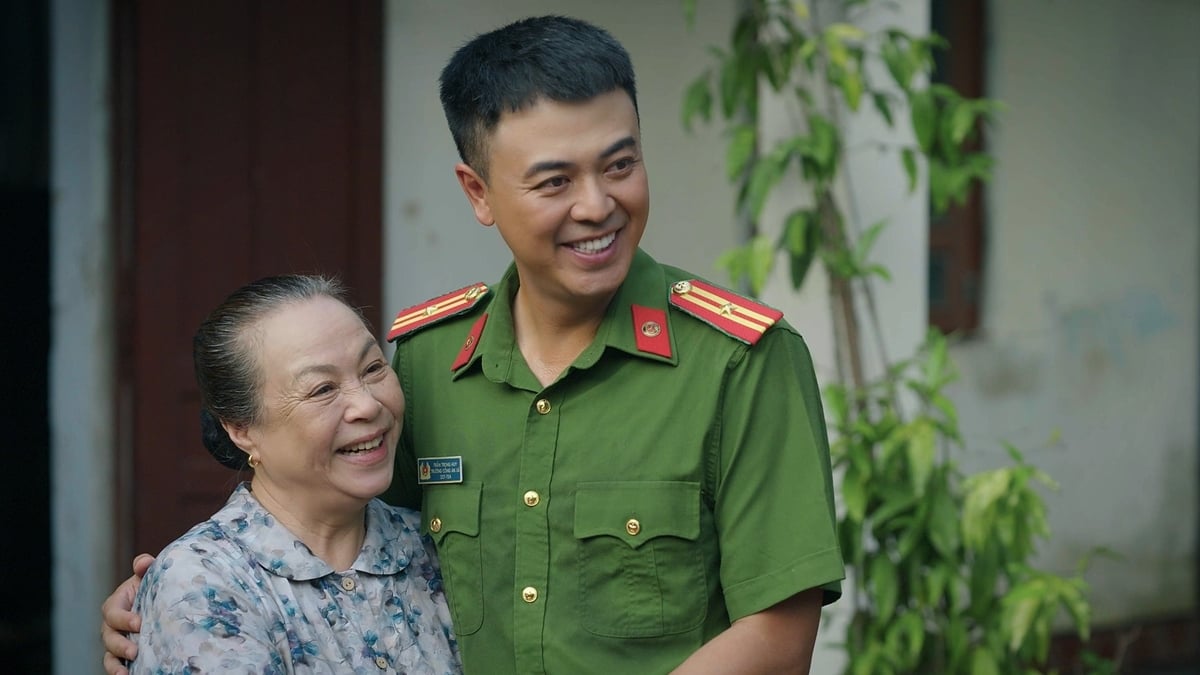



















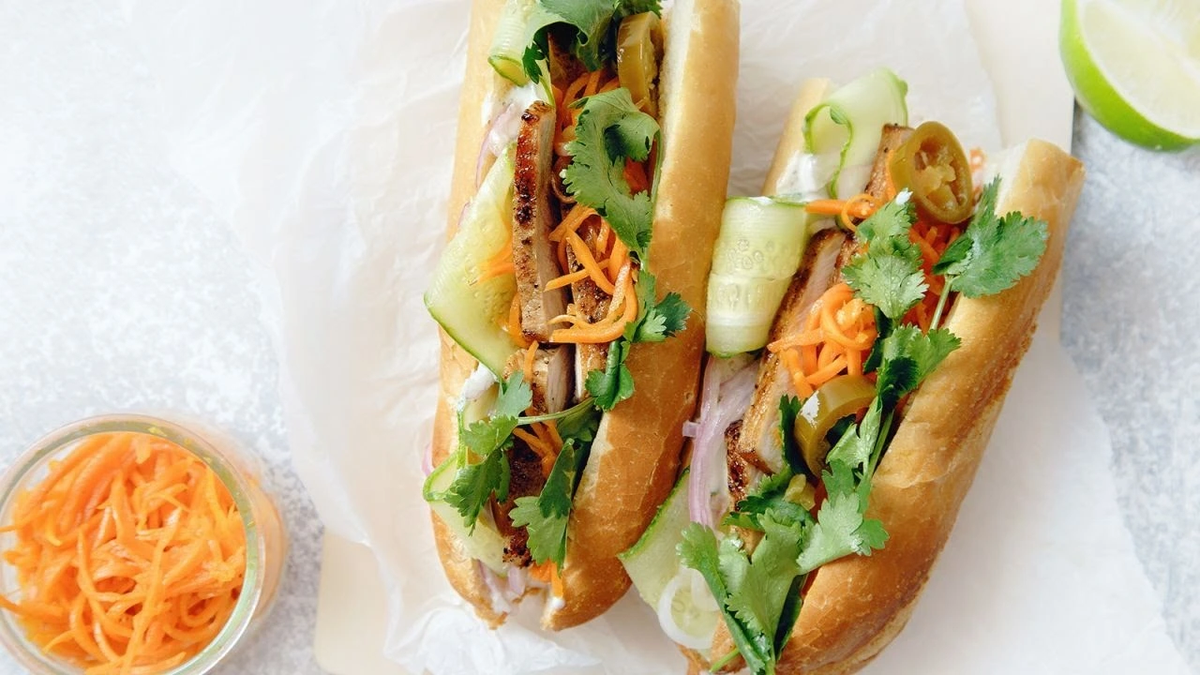
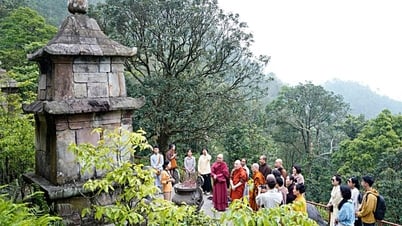



















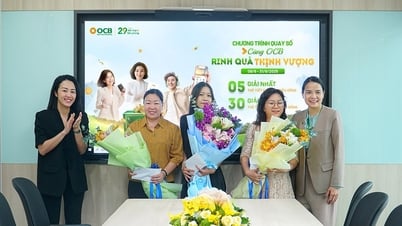



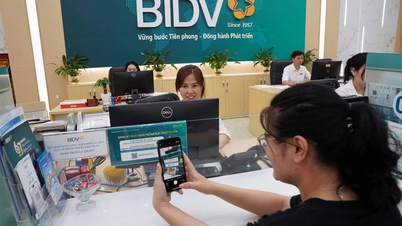

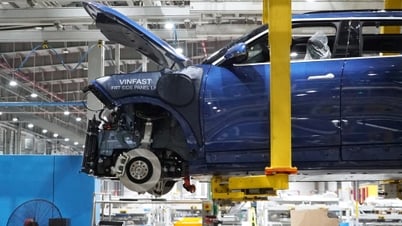



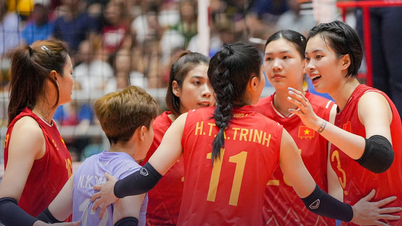
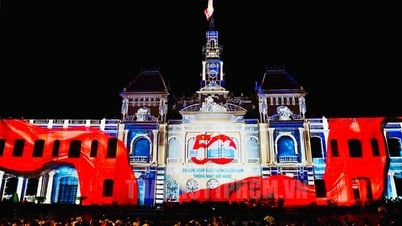
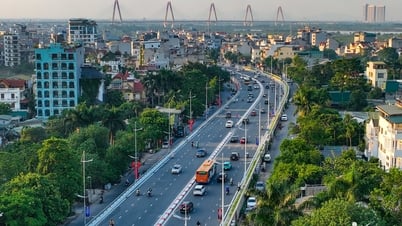
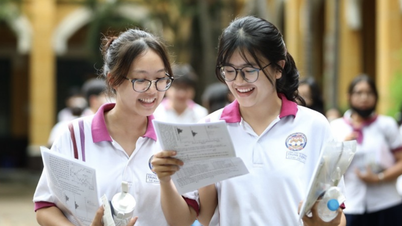
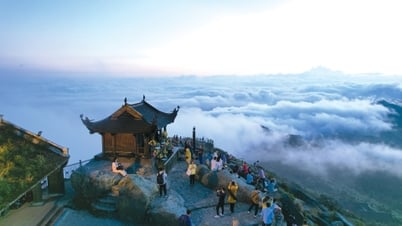
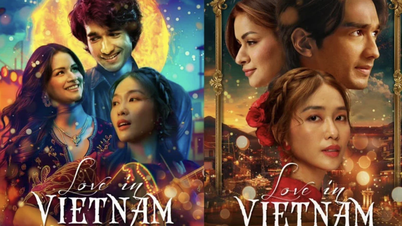
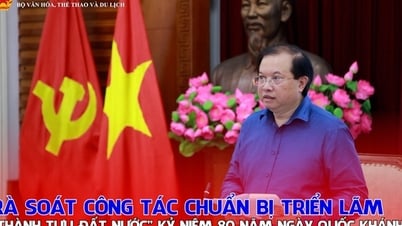

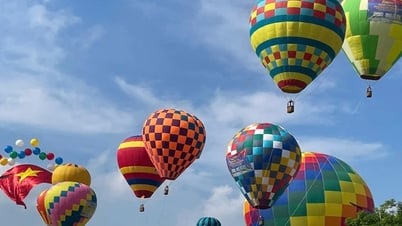
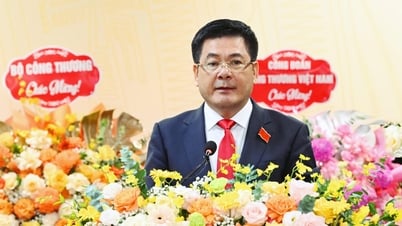

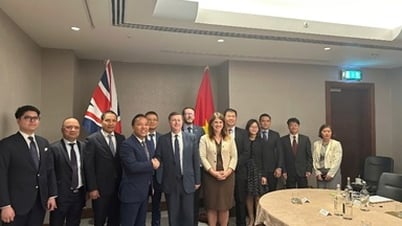
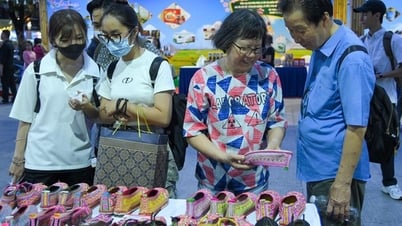
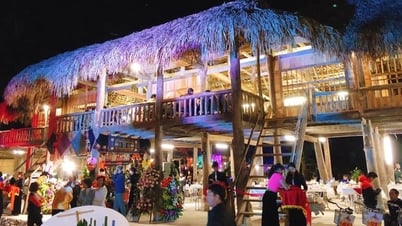



















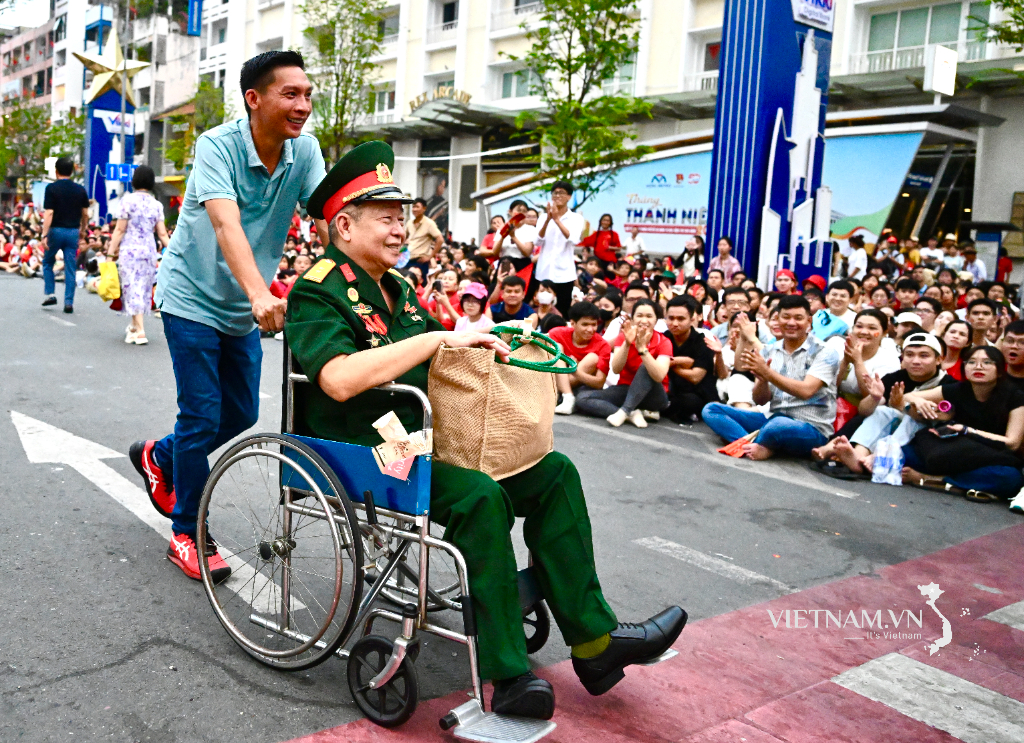
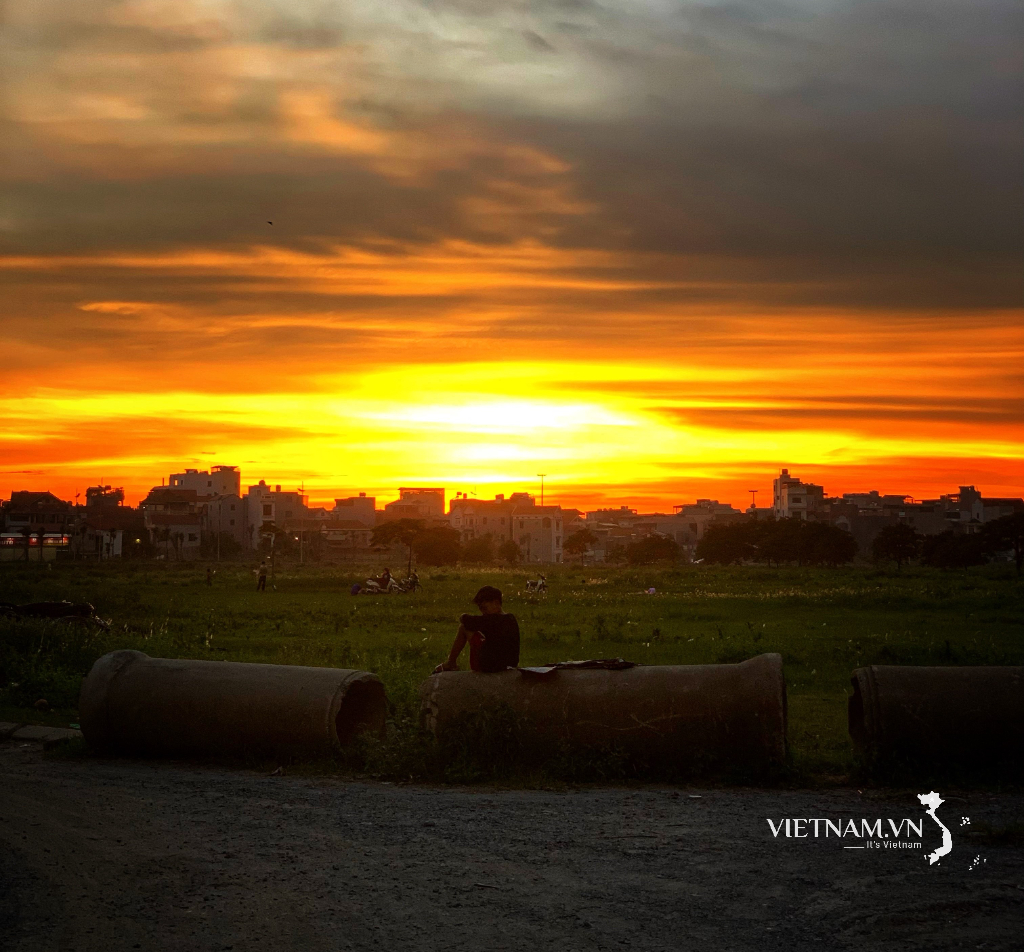
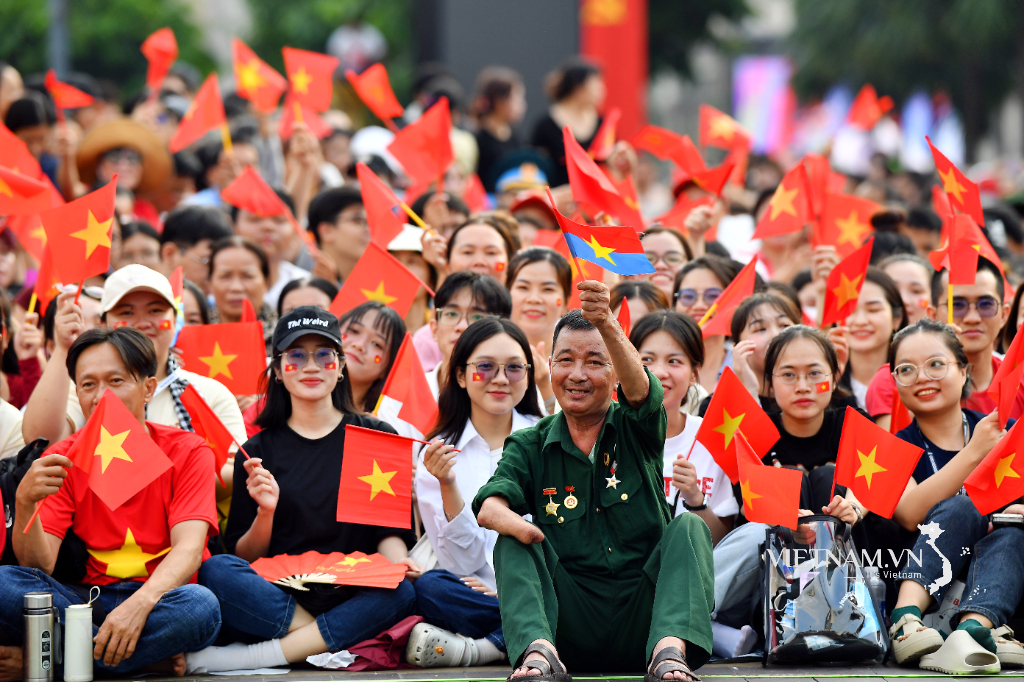

Comment (0)